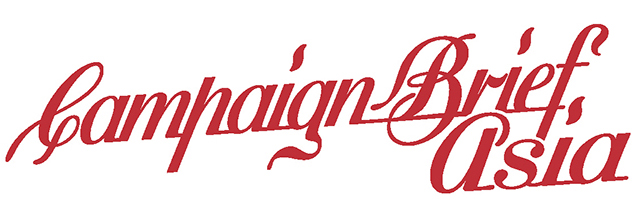Tim Devine: Postcard from Australia
 By Tim Devine, executive research and development director, AKQA
By Tim Devine, executive research and development director, AKQA
Why technology is a catalyst for creativity
Some say Artificial Intelligence is the buzzword of 2017, but it’s actually two words and more than most are talking about. The AI narrative that has infiltrated popular culture is not the same as the AI that exists in real life.
As long as we have been creating, we have been using tools to express our ideas and bolster our concepts. When used well, technology will do something that otherwise wasn’t possible – and that makes it the perfect partner for creative experimentation. Here’s three reasons why.
It enables us to reimagine experiences
As technology becomes more intelligent it’s making existing technology more useful, and old experiences great. Take the integration between British supermarket chain Tesco and Google Home’s AI. While online shopping isn’t new, the customer experience was elevated by the integration, which allows customers to add items to their next pre-booked delivery slot using their voice alone. Or Google’s Babel Fish earbuds, where natural language processing is used to instantly translate between 40 different languages using the company’s Pixel smartphone. In both these examples, the original technology isn’t new, but by bringing more intelligent tools to it, we can innovate within the experience.
We blended existing technology and machine learning to drive one of our R&D Lab experiments – a predictive text keyboard for iOS prototype. The keyboard can be trained on any body of text to offer an alternate vocabulary for the user – so whether you fancy yourself a Shakespeare or a Quentin Tarantino, the keyboard gives you words they might have used as you type. Using this type of keyboard on a smartphone could broaden your vocabulary in the same way Spotify tries to broaden your musical tastes. It’s this kind of anti-personalisation that’s interesting. You don’t want your friends to be exactly the same as you, you want to be challenged sometimes. Assistive technology should do a similar thing.
It provides new ways to prototype and visualise ideas
Beyond the end product created, intelligent tools give creative teams the opportunity to explore ideas in ways that weren’t possible before. Neural networks (a system of hardware and/or software patterned after the operation of neurons in the human brain) are allowing us to use computers to recognise all kinds of things (at times better than humans), and to create variations of ideas by splicing data with processes like “style transfers” where you can apply the look and feel of one image to another. This form of visualisation sets an incredible precedent for transferring styles across medium and genre – and we’re only starting to see what areas it might extend to.
The sheer number of open and free tools to prototype with also enables teams to try ideas out incredible fast. We recently built HESTA a functional chatbot for their site in 12 working days. It’s now taking the load of their call centres, giving them insight into their customers and helping their customers self-serve for general enquiries using natural language interface. Who knows what we’ll do with Elon Musk’s Neural Lace.
It augments a creative concept with data / It dovetails with changing customer expectations
AI is also good at pumping out insights that you may otherwise fail to see – and given a recent Gartner survey showed over 90% of all data in the world was created in the past two years, there’s more data than ever to draw on. As voice and natural language recognition advances, it will become common for brands to use an AI to generate insights from this data to help brands understand their customer preferences, and in turn deliver customer-centric yet creative experiences. It’s a whole new way of doing business and interacting with customers – and while it doesn’t eradicate the need for human teams to craft the experience itself, drawing on real and personalised customer insights is an asset to creative development.
In the future, AI will shift our creative process further into creative curation rather than production. There’s a narrative of hype and enthusiasm for the the new era of ‘Artificial Creativity’ right now with projects like ‘the first AI-edited movie trailer‘ (it wasn’t edited by an AI, it was edited by a human) and an AI creating an entirely new Beatles song (it didn’t – this guy did) making headlines, but currently AI is – and will be for a few years yet – not independently creative.
At the end of the day, technology’s a noun like colour and word. We don’t paint pictures with a block of colour or stories with a single word. The best teams will be great curators and fetishists for usefulness. They’ll know what it is, how it works, why to use it and in which context. Technology champions the promise it can do anything. It’s up to us to find the truths within it. The only way to do that is to keep working, and most importantly, interrogating and experimenting with it.
